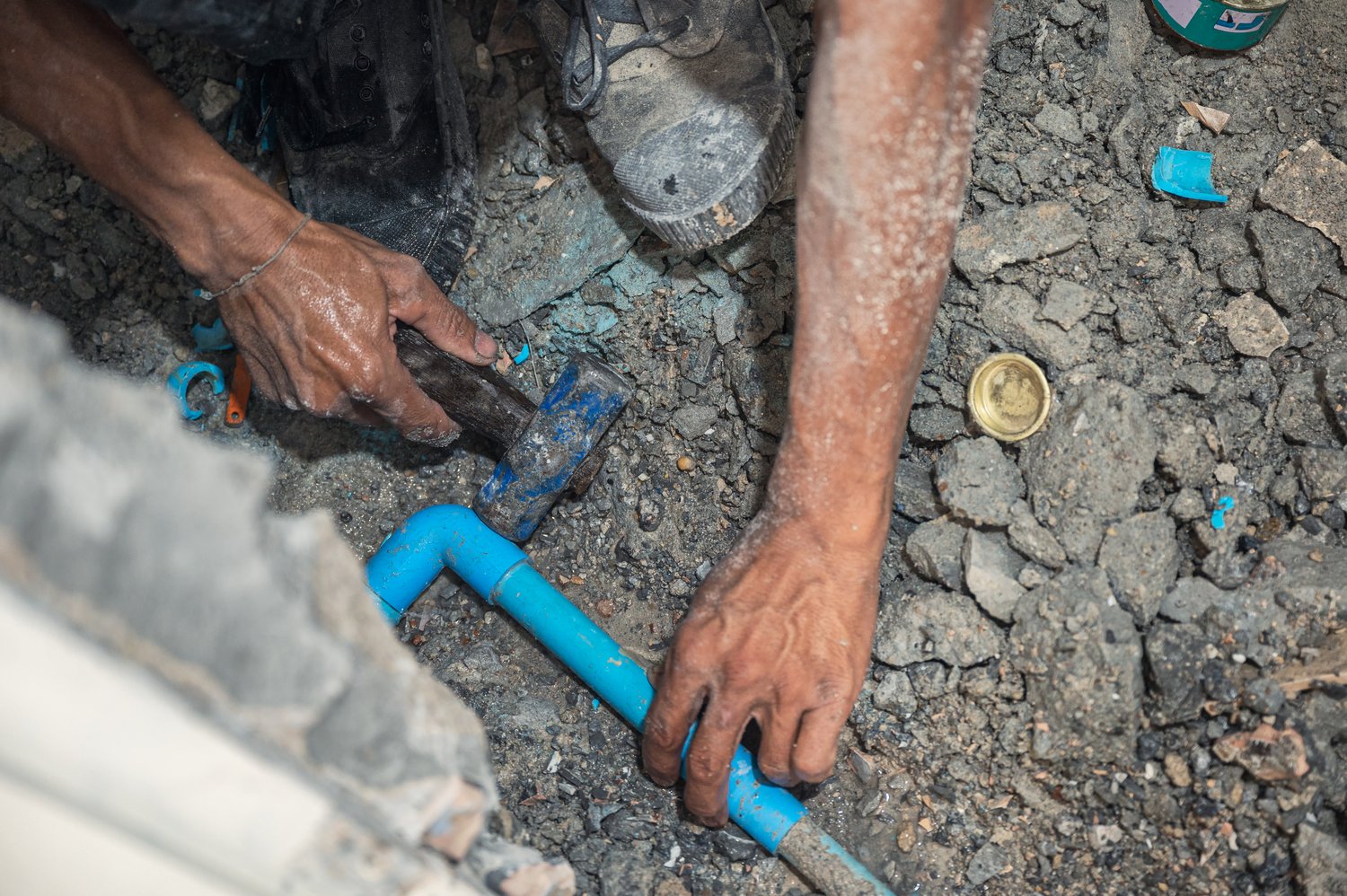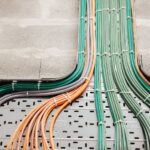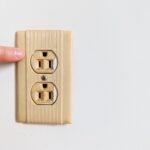Picture a scenario where clogged drains disrupt the smooth operation of your kitchen or home, causing stress, delays, and expensive repairs. Understanding plumbing cleanout installations can prevent these costly setbacks by offering essential access points for maintaining your drainage systems. This crucial component serves as the first line of defense in both residential and commercial environments, maintaining the seamless functionality of your plumbing systems.
- Significance of Plumbing Cleanouts: Learn how these installations provide critical access for maintaining and clearing drainage systems.
- Key Factors for Installation: Explore crucial considerations such as location, accessibility, and compliance with plumbing codes.
- Best Practices for Installation: Understand the methods that ensure long-term reliability and ease of maintenance.
By diving into the article, you’ll equip yourself with the knowledge to proactively tackle potential plumbing challenges, ensuring your systems run efficiently and effectively. Let’s begin unlocking the secrets to seamless drain maintenance.
Understanding Plumbing Cleanout Installation and its Role in Efficient Drain Maintenance
Plumbing cleanout installation is a pivotal component in ensuring the efficient functioning of both residential and commercial drainage systems. These access points fundamentally enable easier maintenance and clearing of clogs, playing a critical role in the performance of your plumbing network. Regular drain maintenance is crucial, and having plumbing cleanouts strategically installed ensures you can swiftly address blockages without the need for extensive plumbing work.
A cleanout, typically an accessible capped pipe placed at strategic points in a drainage system, allows professionals to insert tools for cleaning or inspection. Having these access points makes it easier to maintain optimal flow through your pipes, preventing costly plumbing issues. Moreover, it reduces downtime and minimizes disruption in both residential settings and bustling commercial kitchens, where every minute counts.
Installing plumbing cleanouts is not only a practical solution but also a proactive measure that provides peace of mind. By facilitating easy access, they allow for regular checks and prompt intervention should a problem arise, ultimately extending the life of your plumbing system.
Key Considerations for Plumbing Cleanout Installation
When planning for plumbing cleanout installation, certain key considerations can vastly improve the effectiveness and compliance of these access points. Location is the foremost factor, ensuring that cleanouts are placed at strategic points where blockages are most likely to occur, such as the intersection of major drain lines.
Accessibility is another critical consideration. Plumbing cleanouts should be installed in locations that are easy to reach, without requiring dismantling of fixtures or structures. Normally, cleanouts need to be located above ground or in a position where they are easily visible, facilitating straightforward access for maintenance.
Compliance with local plumbing codes is imperative when installing cleanouts. These regulations may dictate specific requirements around the size, material, and even the number of cleanouts required for a particular building type. Adhering to these codes not only avoids legal issues but also ensures that the system is designed according to the best practices recognized in the industry.
By carefully considering these factors, you can achieve a plumbing system that not only meets functional needs but also aligns with local regulations, ensuring long-term efficiency and reduced maintenance costs.
Best Practices for Plumbing Cleanout Installation: Setting Effective Access Points for Drain Maintenance
Ensuring successful installation of plumbing cleanouts is crucial for the efficient maintenance of your drainage system. When correctly positioned and installed, cleanouts offer a reliable solution for accessing and maintaining plumbing, preventing blockages, and ensuring long-term efficiency. Here’s what you need to know about setting effective access points:
Selecting Optimal Locations is pivotal for plumbing cleanout installation. Ideally, cleanouts should be installed in easily accessible areas, such as near the connection to the main sewer line or at key bends in the piping. These locations enable quick access during maintenance or in case of clogs.
Compliance with Local Codes is a must when planning your installation. Each region may have specific plumbing codes governing the placement and size of cleanouts. Ensure that the installation adheres to these regulations to avoid potential penalties or the need for costly adjustments.
Ensuring Accessibility is another critical factor. When installing plumbing cleanouts, ensure they remain unobstructed by landscaping or other infrastructure. Clear labels and protective covers can also safeguard the access points from environmental elements or accidental damage.
Choosing Durable Materials for cleanouts can significantly enhance the system’s reliability. Opt for robust materials that withstand corrosive substances in wastewater systems. This choice ensures longevity and reduces maintenance frequency.
By following these best practices, you can enhance the reliability of your drainage system, ensuring it remains functional and easy to maintain over time. Incorporating these strategies serves not only to optimize your plumbing system’s efficiency but also to avert costly disruptions.
Frequently Asked Questions about Plumbing Cleanout Installation
What is a plumbing cleanout?
A plumbing cleanout is an access point in the piping system, crucial for easy maintenance and clearing of blockages.
Why are plumbing cleanouts important?
They provide essential access for maintaining and clearing drains, helping to avoid costly plumbing problems.
Where should plumbing cleanouts be installed?
Install cleanouts in accessible locations aligned with local plumbing codes, such as at major directional changes or branch junctions.
How can I ensure compliance with plumbing codes?
Consult local regulations and, if necessary, work with a certified plumber to ensure correct and compliant installation.
Are there specific tools needed for installation?
Basic plumbing tools, such as wrenches and pipe cutters, along with knowledge of local codes are essential for installation.





